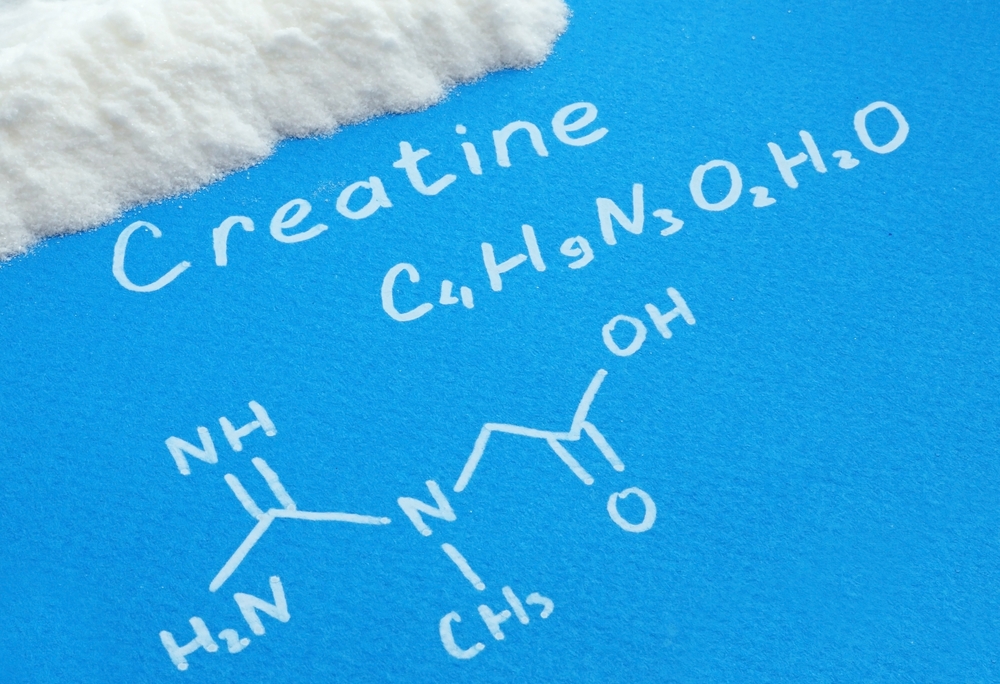
When you go shopping for the best creatine supplement, you probably get confused by all of the different kinds of choices. Everyone has heard of creatine but when should you take it? How much should you take? What type of creatine should you take?
In fact, because it is sold in so many different forms, it can be pretty tough trying to decide which the best creatine is.
How can you choose which one is the best?
We are going to walk you through it. First, we will break down what creatine is and why it matters. Then we are going to look into a bunch of different options for you to pick from. We will help you pick which creatine you should be reaching for and which creatine will waste your time. After all, for the best results, you need the best creatine supplement!
Let’s start with the basics…
What is Creatine?
Creatine serves as an essential part of the ATP-CP energy system, also known as phosphagen system. Today, I’ll break down creatine for you in simple terms and we’ll discuss what’s best for your body and the best creatine.
You will often times see creatine and caffeine used together as well.
Creatine is something you naturally have in your body. It can also be found in foods, such as red meat. In the sports world, it is one of the most researched and studied molecules. There have been over 200 studies done on this single molecule alone.
Creatine is easily one of the most popular and widely used supplements in the fitness and muscle building industry. Creatine as a supplement has been around for 20+ years and has been widely studied in exercise science. However, there seems to still be a fair amount of misinformation and misuse that surround the supplement and its nature.
Many studies show that supplementing with creatine helps you in different ways. It helps you build up muscle and your strength, so you can get in a better workout every time. It also helps with anaerobic endurance as well as cutting back on muscle damage and soreness which is related to exercise.
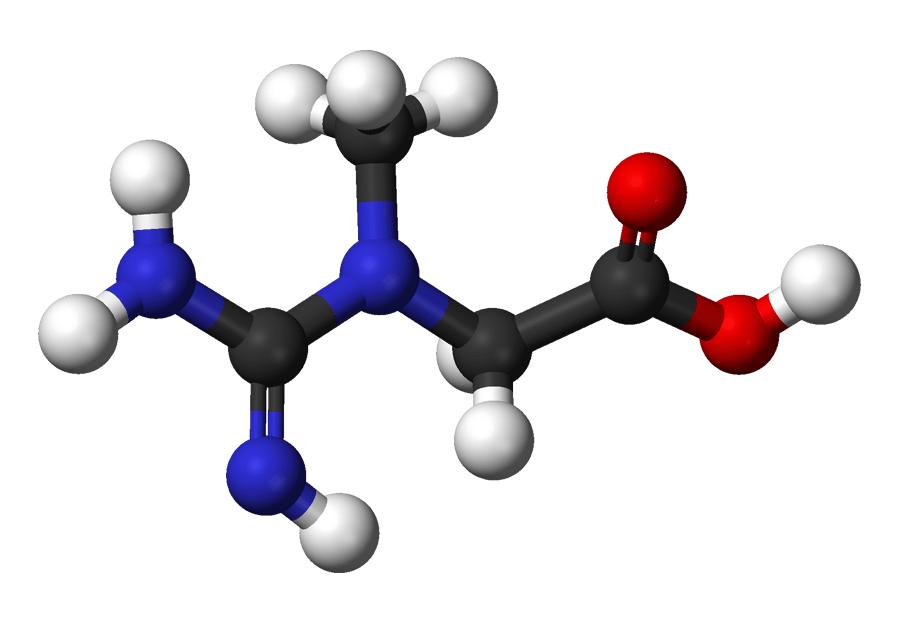
The History of Creatine
Let’s take a step back. Creatine is not at all new, it is contained in meat and other foods. It was first discovered in the year 1835 by a French scientist, Chevreul. It wasn’t until the year 1847 that creatine was first linked to muscle tissues, in these studies, subjects were “loading” with creatine up to 20 grams per day for 6 days.
This is a high dose by today’s standards even in the bodybuilding community.
You might have a lot of questions about the function of creatine, its safety, uses and efficiency, as well as proper dosages for people looking to gain strength and muscle. We’ll address these all issues, don’t worry.
Your body has a very small reserve of Creatine that your muscles can convert to ATP for energy. This will only power an all-out or sprint-like effort for 4 to 15 seconds. When exercise intensity decreases and the duration increases, as in distance running, your body uses other systems of energy production.
Studies have proven creatine’s health benefits with facts and figures, not only for bodybuilders or athletes, but also to non-athletic aging individuals.
The purpose of today’s blog is to answer some frequently asked questions and provide you with enough information to decide whether or not if consuming creatine is right for your supplement regimen.
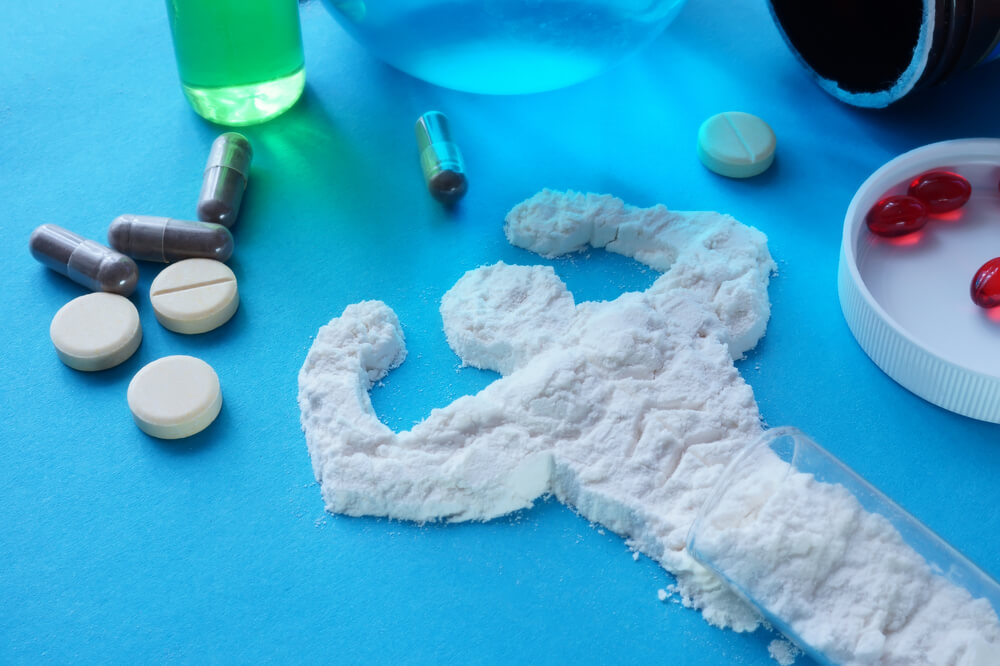
Different Types Of Creatine Explained
Find out here what Creatine to take and which is the best Creatine on the market, and best Creatine supplement for your regime. From kre-alkalyn to ethyl ester which is the best for you?
MONOHYDRATE
Creatine monohydrate is the most studied type of creatine. It is the main form used in a ton of different studies and 9 times out of 10, it comes out on top.
The original – this version requires sugar be ingested with it in order for it to be properly absorbed, a loading phase of 4-5 doses (typically 5 grams per dose) per day for up to 5 days and once a day thereafter.
ETHYL ESTER
Requires less total grams to be effective, There is no sugar needed and no loading required. Available in pills or powder, you usually take one serving (usually 2-3 grams) twice a day.
TRI-CREATINE MALATE
Tri-creatine malate is a compound made from creatine monohydrate and malic acid. It’s made from three major creatine molecules that are attached to one molecule of malic acid. Malic acid is involved in the process of the Krebs energy cycle as a superior substance and helps to provide energy to the body.
CREATINE HYDROCHLORIDE
Creatine that has been bound with hydrochloric acid. After this, it’s changed into a simple creatine molecule by the acid found in our stomachs. But, there isn’t much a lot of research on it, meaning we don’t know how well it works, or if it is even more effective than monohydrate. In the same fashion as several other kinds of creatine, creatine HCL could actually be more water soluble than monohydrate, but this doesn’t really mean much when it comes to absorption.
CREATINE MALATE
Creatine malate isn’t very well-known but it’s out there. This is when creatine is physically bound to malic acid. As you can see, creatine binding with acids seems to be a popular trend, but we don’t know exactly how much this can help us. There isn’t a ton of research on it. There is some evidence that malic acid on its own could help with your overall performance, however, there isn’t enough proof to show us how well it works with creatine.
There needs to be more research on this since we can’t make a decision when half of the solution isn’t even being taken into consideration.
CREATINE PYRUVATE
This is yet another kind of creatine that has been bound with an acid. However, as you might have guessed from its name, this is when creatine is mixed in with pyruvic acid. There is some research to help us make a decision with this one.
The studies that have been conducted on creatine pyruvate show that it can create higher plasma levels of creatine.
However, does this mean it is more effective than plain old monohydrate when it comes to absorption?
unfortunately, the answer here is no.
Some evidence shows that creatine pyruvate is a lot more effective than creatine citrate is. If this is true, this would mean that creatine pyruvate is more effective than monohydrate.
There is some evidence that shows that this isn’t true either and completely cancels out the likelihood of their own claims and results. In fact, these studies show that creatine pyruvate isn’t effective at all when it comes to increasing your overall endurance and even improving the sprinting performance for cyclist’s volunteers.
The importance of this?
It’s is safe to say that there is much more research that is needed to be done.

Is Creatine Monohydrate the Best Creatine Choice?
The tried and true, creatine monohydrate could be the best option for you and is the standard by which all other forms of creatine are still judged.
All of the research we have talked about in this article shows you shouldn’t have to overpay for all these different, crazy types of creatine. After all, some companies might not have the best intentions. They simply create their own blends and push for some ridiculous advertising.
Just because they spend millions of dollars on advertising and their fancy bottles doesn’t mean you need to overpay.
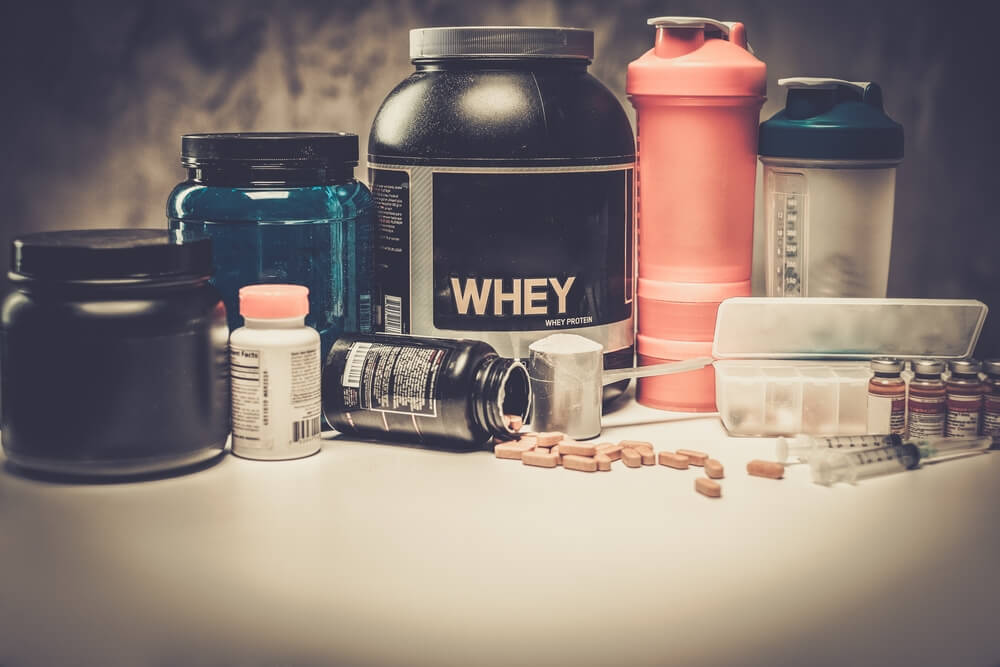
Should You Take Creatine?
Did you know that Creatine is actually produced by your body in really small amounts?
You might also be surprised to know that Creatine is also found in red meat. In this sense, creatine is a “true supplement” meaning that you are increasing natural levels of something you are already consuming or have in your body.
Many people are curious about how to take creatine…
Creatine is NOT some mystery chemical discovered in a lab.
Some researchers even suggest that vegetarian athletes and vegan people can greatly benefit from creatine supplements because of their habitual dietary deficiencies.
How Expensive Is Creatine?
The good news?
You can get your creatine supplement without breaking the bank.
It’s affordable, effective and exactly what you need, so don’t fall victim to companies’ scams. They try to suck you in with their colorful advertising and celeb-endorsed marketing material, but you need to be able to look past that and see what’s really in that creatine supplement.
Creatine monohydrate is going to be your best bet. In fact, it’s the general standard that other types of creatine are judged by and there’s a reason for it.
It’s the best choice you can make, in terms of effectiveness and your dollar.

What Are The Side Effects Of Creatine?
There are no documented research studies showing that consuming creatine causes any serious adverse side effects.
During scientific research studies some test subjects reported that while supplementing with creatine, they experienced two minor issues.
1) The first was under the skin water retention or a “bloated” appearance. This is due to creatine’s poor solubility.
2) The second was gastrointestinal distress (gas, stomach bloating, and even diarrhea). This occurred due to too large a dose. Creatine’s high acidity can account for this effect.
Although these problems are temporary in nature, they can be eliminated by lowering the dose of creatine and taking it (with non-acidic juice) in divided doses throughout the day. Keep in mind, it will not at all help in weight loss but if body recomposition is your goal, can help.
Most people will gain between three and five pounds in the first few weeks of using creatine, but human studies show that this extra water in the muscles may increase protein synthesis which automatically leads to the growth of muscle fibers.
Pro’s & Con’s Of Creatine Use
Pros:
- All studies conducted concerning creatine (monohydrate) and reached good results and conclusions.
- Most effective type of creatine yet.
- Cheap and easily available
- Scientific research that backs the product and it’s effectiveness
Cons:
- May contain impurities if not bought from a reputable company.
- Reports of diarrhea and stomach discomfort because insoluble creatine sits in the stomach attracting water.
- Can create an extra layer of water under the skin.
What Is The Best Creatine Supplement For Muscle Building?
It’s best to stick to what is tried and true, which is creatine monohydrate. It’s important to keep your eye out for new studies that are conducted on different types of creatine though.
The truth is that Creatine can increase the volume in the muscles, increasing muscle tone, which may increase the metabolic rate while you build muscle.
Volumization in simple terms mean that the storage of extra water in the muscles, which allows the user to maintain longer and more intense muscle contraction. The volumized muscles will show up as extra pounds on the scale. No, that does not mean you will
No, that does not mean you will gain lots of fat but it means that you gain muscle.
At the end of the day, it is perhaps one of the most researched molecules in the world of sports supplements–the subject of over 200 studies–and the consensus is very clear.
In healthy subjects, creatine has been shown to have no harmful side effects, in short term and even long term users who are using Creatine as a supplement in their workout routine.
If you have a kidney disease it is not advisable to supplement with Creatine. Otherwise, it’s a muscle building essential.
It’s safe, cheap, and effective.
Conclusion
On a final note, post workout is also an excellent time to supplement creatine, because sometimes your blood sugar and glycogen levels are low. So, as the dietary sugars restore those, they are multitasking by rushing creatine to the muscle.
For some reason, creatine has become one of the most complex supplements to learn about—but it doesn’t have to be.
It’s safe, naturally occurring, and it works. You can consider adding Creatine to your supplement regimen if you want to gain muscle and increase performance. There are many creatine supplements out there but don’t skimp and get a bottle full of mystery powder, go for the good stuff as creatine is already cheaper than many supplements.
Just make sure you get the pure form of Creatine and work those muscles out, daily. Adding Creatine to your diet won’t add volume to your muscles unless until you work it out. Keep up the good health and thank you for reading.
-Terry Asher
Terry
Latest posts by Terry (see all)
- How Important Are Net Carbs For Building Huge Muscle? - Apr 28, 2017
- The Matt Damon Workout Explained - Apr 27, 2017
- Watercress – Benefits And The Best Way To Consume It - Apr 26, 2017


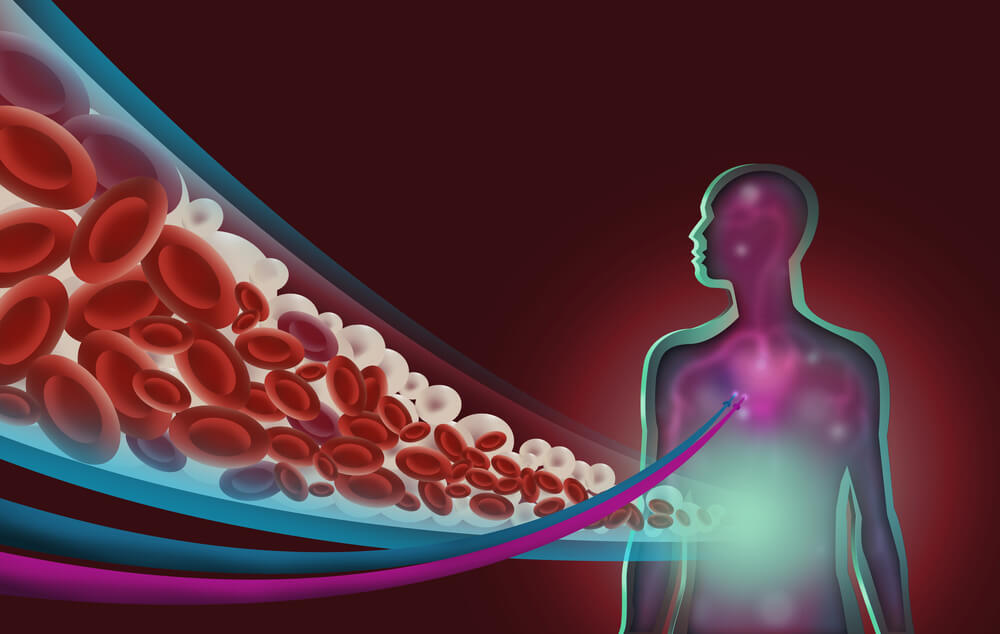


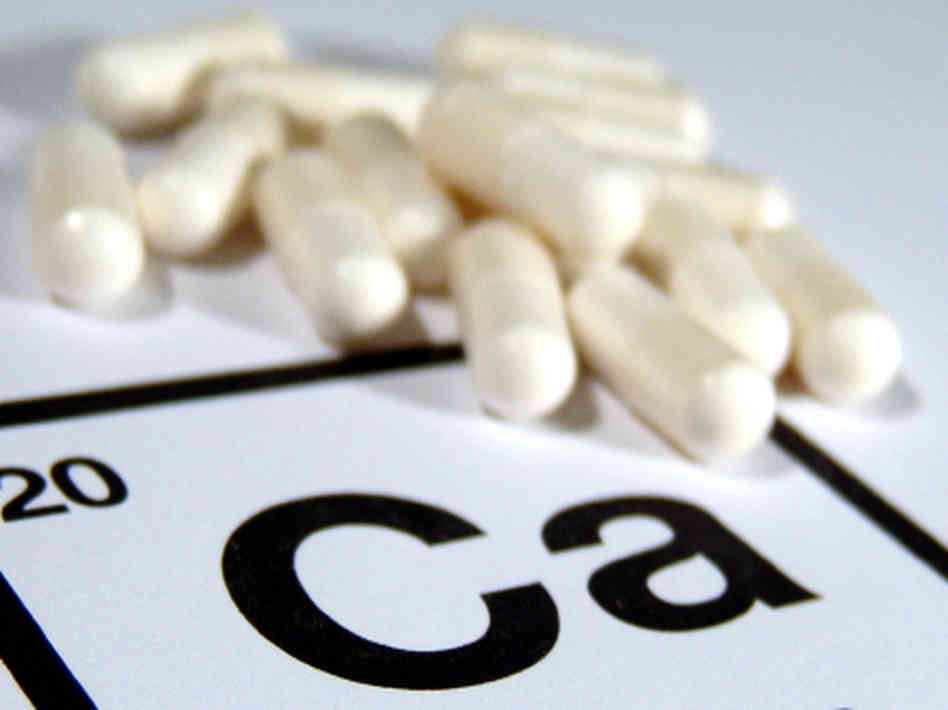





[…] to overcoming the impacts of a childhood trauma. Make sure that you choose the right protein and best creatine to build muscles the right […]
[…] Best Creatine Supplement […]